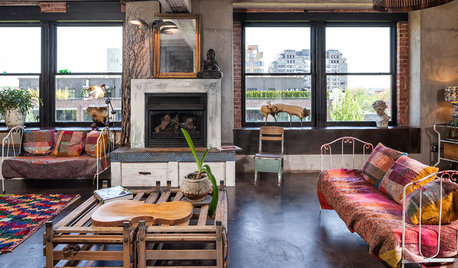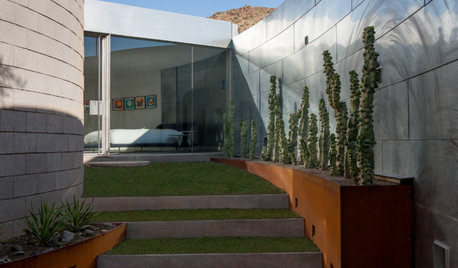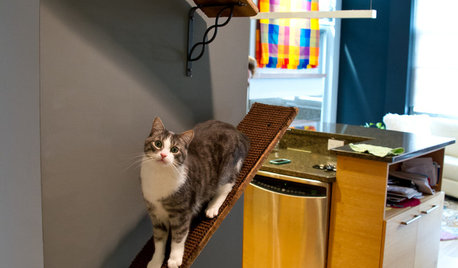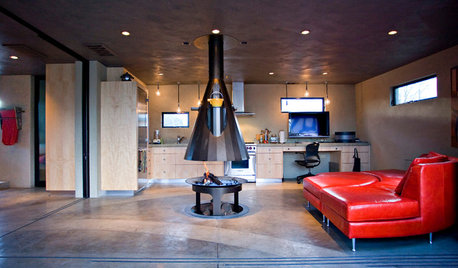Bean Pole Spacing
jimster
17 years ago
Featured Answer
Sort by:Oldest
Comments (18)
gardenlad
17 years agolast modified: 9 years agoveggiecanner
17 years agolast modified: 9 years agoRelated Professionals
Beachwood Landscape Contractors · Dedham Landscape Contractors · Estelle Landscape Contractors · Lynwood Landscape Contractors · Saint George Landscape Contractors · Salmon Creek Landscape Contractors · Stony Brook Landscape Contractors · Clearfield Landscape Contractors · Fort Collins Decks, Patios & Outdoor Enclosures · Honolulu Decks, Patios & Outdoor Enclosures · Monroe Decks, Patios & Outdoor Enclosures · Novi Decks, Patios & Outdoor Enclosures · Quincy Decks, Patios & Outdoor Enclosures · Rosemont Decks, Patios & Outdoor Enclosures · Schaumburg Decks, Patios & Outdoor Enclosuresgardenlad
17 years agolast modified: 9 years agogardenlad
17 years agolast modified: 9 years agoveggiecanner
17 years agolast modified: 9 years agojimster
17 years agolast modified: 9 years agogardenlad
17 years agolast modified: 9 years agoveggiecanner
17 years agolast modified: 9 years agogardenlad
17 years agolast modified: 9 years agoorganicburro
17 years agolast modified: 9 years agogardenlad
17 years agolast modified: 9 years agoorganicburro
17 years agolast modified: 9 years agogardenlad
17 years agolast modified: 9 years agoveg_grower964
17 years agolast modified: 9 years agomarquette
17 years agolast modified: 9 years agoorganicburro
17 years agolast modified: 9 years agogardenlad
17 years agolast modified: 9 years ago
Related Stories

SUMMER FRUITS AND VEGETABLESSummer Crops: How to Grow Beans
Grow your own beans for amazing variety and healthy, convenient produce all summer
Full Story
FUN HOUZZCreate the Ultimate Fun House with Chutes, Ladders and Fire Poles Too
A collection of indoor slides and crazy staircases is sure to bring out the kid in you
Full Story
Bean Bags: A Surprising Answer for Chic Comfort
Sink into a new generation of squishy, go-anywhere seating
Full Story
DECORATING GUIDESBean There, Done That: Coffee Table Alternatives
Get creative with these ideas for salvaged and DIY pieces that will get people talking
Full Story
FLOWERS AND PLANTSUnusual Totem Pole Cactus Is a Standout in Southwest Gardens
This thornless cactus makes a statement in the ground or in a container in mild-winter climates
Full Story
PETSUpload of the Day: Catwalks Keep Pets Happy in a Candy-Colored Condo
Shelves and wall-mounted boxes keep 2 cats active and entertained while their guardian is at work making jelly beans
Full Story
HOUZZ TOURSHouzz Tour: Steel Fuses Industrial and Modern in a California Pavilion
Heavy on metal, this two-story addition entertains with a stargazing hot tub, a fire pole and an unusual fire feature
Full Story
GARDENING GUIDES10 Easy Edibles for First-Time Gardeners
Focus on these beginner-friendly vegetables, herbs, beans and salad greens to start a home farm with little fuss
Full Story
DECORATING GUIDESFrom Queasy Colors to Killer Tables: Your Worst Decorating Mistakes
Houzzers spill the beans about buying blunders, painting problems and DIY disasters
Full Story
FALL AND THANKSGIVINGThanksgiving: How to Lounge in Style Post-Feast
After the big meal, decompress on a modern bean bag, day bed, Togo sofa or (even better) just the floor
Full StorySponsored






zeedman Zone 5 Wisconsin